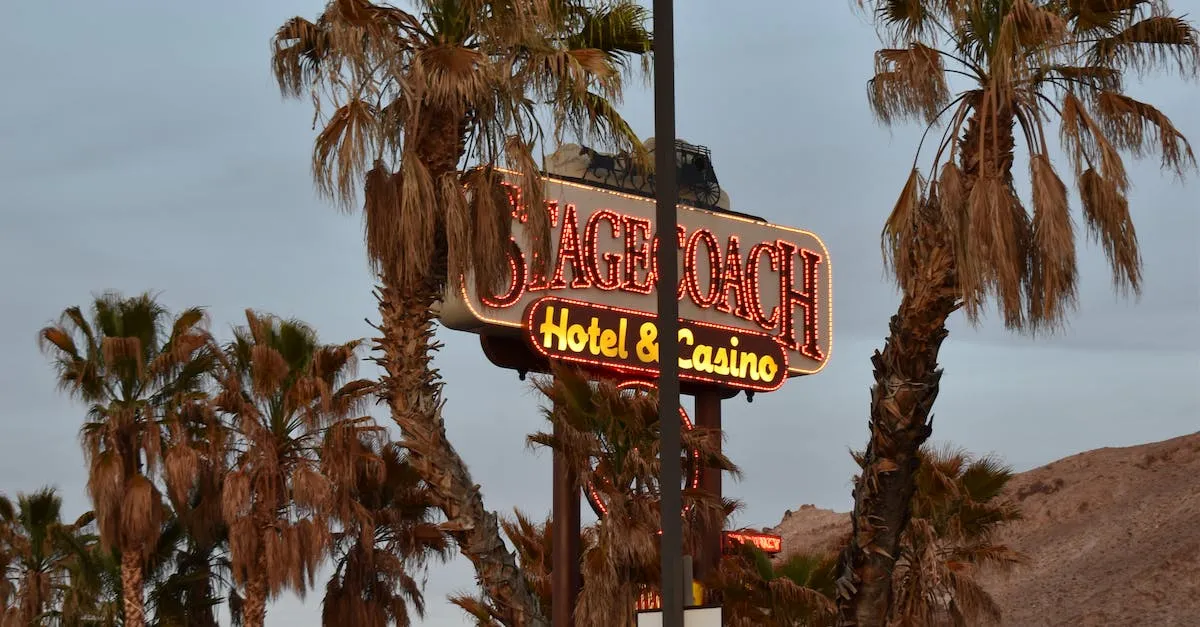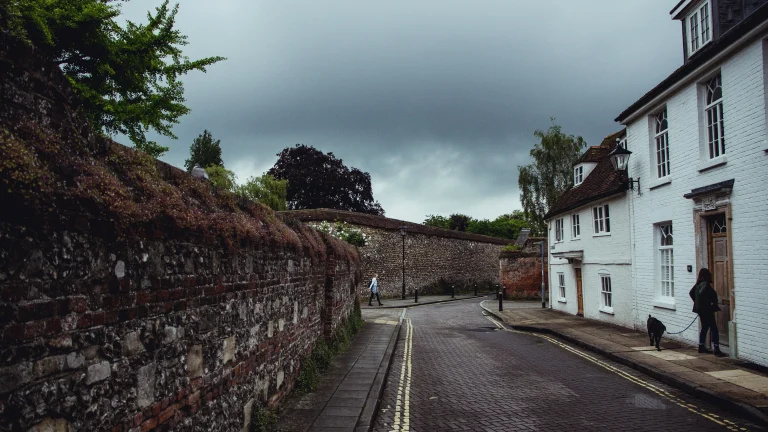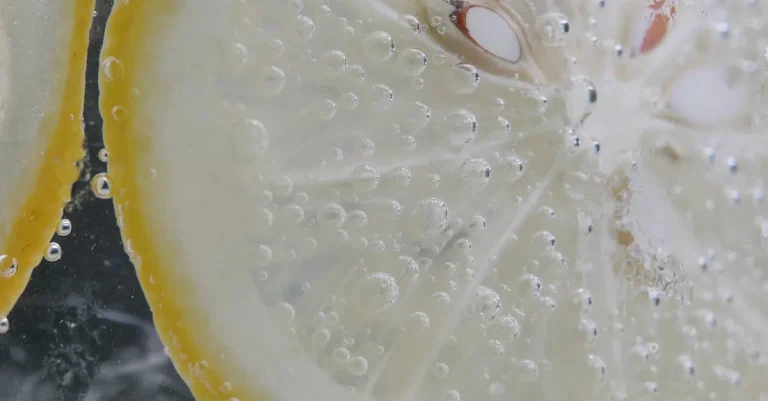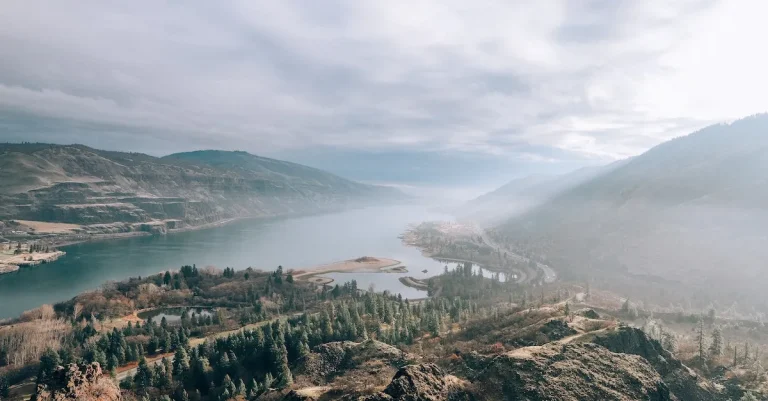Do Palm Trees Grow In Las Vegas?
With its location in the Mojave Desert, Las Vegas is not typically associated with palm trees. However, the city has worked hard over the years to cultivate an oasis feel. If you’re short on time, here’s a quick answer to your question: Yes, there are palm trees growing in Las Vegas, especially along The Strip and in hotel gardens and pools.
The History of Palm Trees in Las Vegas
Las Vegas, known for its vibrant nightlife, iconic landmarks, and desert landscapes, is not typically associated with palm trees. However, these majestic trees have a long and interesting history in the city. Let’s take a closer look at how palm trees became a part of the Las Vegas landscape.
Early Settlements and Oasis Imagery
When Las Vegas was first settled in the 19th century, it was primarily an oasis in the desert. The presence of natural springs and underground water sources made it possible for early settlers to grow crops and establish small communities.
Palm trees were often planted in these settlements, not only for their aesthetic appeal but also for their practical purposes. Their large, fan-shaped leaves provided shade from the scorching desert sun, and their deep root systems helped stabilize the soil.
As the city grew, palm trees became symbols of oasis imagery. They were featured in postcards, photographs, and promotional materials, portraying Las Vegas as a lush and exotic destination. The association between palm trees and Las Vegas began to solidify, even though the native desert landscape was dominated by cacti and other succulents.
The Las Vegas Strip and Resort Expansion
The introduction of palm trees to the Las Vegas Strip can be traced back to the early 1950s. As the city started to embrace tourism and entertainment, resorts and hotels began to line the famous boulevard.
To create a more inviting and tropical atmosphere, palm trees were planted along the Strip, transforming the desert into a paradise-like setting.
Today, the Las Vegas Strip is home to some of the most iconic palm tree-lined streets in the world. The sight of these tall, swaying trees against the backdrop of towering hotels and vibrant lights creates a unique visual experience for visitors.
It’s worth noting that while palm trees are a common sight in Las Vegas, they are not native to the region. The most commonly seen palm species in the city is the Mexican Fan Palm (Washingtonia robusta), known for its tall trunk and large, fan-shaped leaves.
So, the next time you visit Las Vegas, take a moment to appreciate the history and significance of the palm trees that dot the city’s landscape. They are not only a testament to the resilience of nature in the desert but also a symbol of the city’s transformation into a world-renowned destination.
Palm Varieties Growing in Las Vegas
Las Vegas may be known for its bright lights and desert landscape, but that doesn’t mean palm trees can’t thrive in this arid climate. In fact, there are several palm varieties that have adapted well to the hot and dry conditions of Las Vegas.
Date Palms
Date palms are one of the most common types of palm trees found in Las Vegas. These tall and majestic trees are known for their sweet and delicious fruit, which is a staple in Middle Eastern cuisine. Date palms are able to withstand the extreme temperatures and low humidity of the desert, making them a popular choice for landscaping in Las Vegas.
Canary Island Date Palms
Another popular palm variety found in Las Vegas is the Canary Island date palm. These palms are characterized by their large, feathery fronds and iconic silhouette. Despite their origins in the Mediterranean, Canary Island date palms have adapted well to the desert climate of Las Vegas.
They provide shade and a tropical aesthetic to many neighborhoods and commercial areas in the city.
King Palms
The king palm, also known as the Archontophoenix cunninghamiana, is a native of Australia but has become a popular choice for landscaping in Las Vegas. These palms are known for their slender trunks and graceful, arching fronds.
King palms are able to tolerate both extreme heat and cold, making them a versatile choice for Las Vegas homeowners.
Fan Palms
Fan palms, specifically the California fan palm and the Mexican fan palm, are also commonly found in Las Vegas. These palm trees have large, fan-shaped leaves and can grow to impressive heights. They are well-suited to the desert environment and provide a tropical touch to the city’s landscape.
According to the Southern Nevada Water Authority, palm trees make up a significant portion of the landscaping in Las Vegas, with over 100,000 palms planted throughout the city. Their ability to thrive in the desert climate has made them a popular choice for homeowners and businesses alike.
Whether it’s the iconic date palms, the majestic canary island date palms, the versatile king palms, or the fan palms that dot the city’s skyline, palm trees have found a home in Las Vegas.
For more information on palm varieties and landscaping in Las Vegas, you can visit the Southern Nevada Water Authority website.
Caring for Palm Trees in a Desert Climate
Las Vegas is known for its hot and arid desert climate, but that doesn’t mean you can’t enjoy the beauty of palm trees in your backyard. While palm trees are typically associated with tropical climates, there are certain varieties that can thrive in desert environments.
However, caring for palm trees in a desert climate requires some special attention and considerations.
Irrigation Needs
One of the most important aspects of caring for palm trees in a desert climate is providing them with adequate water. While palm trees are known for their ability to tolerate drought, they still require regular watering to stay healthy.
It’s recommended to water palm trees deeply and infrequently, allowing the soil to dry out between waterings. This helps promote deep root growth and prevents the tree from becoming waterlogged.
Monitoring the moisture levels in the soil is crucial, as overwatering can lead to root rot and other diseases. It’s also essential to adjust the watering schedule based on the season and weather conditions.
During the hot summer months, palm trees may require more frequent watering, while in the cooler months, they may need less.
Soil Requirements
The type of soil in which palm trees are planted is another vital factor in their care. In a desert climate like Las Vegas, the soil is typically sandy and drains quickly. This can be both a benefit and a challenge for palm trees.
On one hand, the fast-draining soil helps prevent waterlogging and root rot. On the other hand, it means that the soil may not retain enough moisture for the palm tree’s needs.
Adding organic matter, such as compost or peat moss, to the soil can help improve its water-holding capacity. This allows the palm tree’s roots to access the moisture they need even in a sandy soil. It’s also important to ensure that the soil has good drainage to prevent water from pooling around the roots.
Pruning and Maintenance
Regular pruning is essential for the health and appearance of palm trees. In a desert climate, where palm trees may face harsh winds and intense sunlight, proper pruning becomes even more crucial. Removing dead or damaged fronds helps prevent the spread of diseases and pests.
It also allows the tree to allocate its resources to healthy growth.
When pruning a palm tree, it’s important to leave a small amount of green on the fronds to maintain the tree’s ability to photosynthesize. It’s recommended to hire a professional arborist for pruning tall palm trees to ensure the safety of both the tree and the person performing the pruning.
Maintaining a healthy palm tree in a desert climate also involves regular fertilization. Palm trees have specific nutrient requirements, and providing them with a balanced fertilizer can help promote optimal growth and vibrant foliage.
Consulting with a local nursery or arborist can help determine the best fertilizer and application schedule for your palm trees.
By properly caring for palm trees in a desert climate, it’s possible to enjoy their beauty and create a tropical oasis in your own backyard. Remember to adjust watering schedules, improve soil conditions, and perform regular pruning and maintenance to ensure the health and longevity of your palm trees.
Where to See Palm Trees in Las Vegas
Las Vegas may be known for its desert landscape, but that doesn’t mean you won’t find any palm trees in this vibrant city. In fact, there are several places where you can see these iconic trees. Whether you’re strolling down The Strip, relaxing by a resort pool, exploring downtown, or venturing out to Red Rock Canyon, you’ll be able to enjoy the beauty of palm trees amidst the desert backdrop.
The Strip
When you think of Las Vegas, The Strip is likely the first thing that comes to mind. This iconic stretch of road is home to some of the most famous hotels and casinos in the world, and it’s also where you’ll find an abundance of palm trees.
As you walk along The Strip, you’ll be greeted by the sight of these tall, swaying trees lining the streets, adding a touch of tropical charm to the city’s bustling atmosphere.
Resort Gardens and Pools
Las Vegas is renowned for its luxurious resorts, and many of them boast beautifully landscaped gardens and pools. These oasis-like settings are often adorned with palm trees, creating a tranquil and tropical ambiance for guests to enjoy.
Whether you’re lounging by the pool, exploring the resort grounds, or dining al fresco, you’ll likely be surrounded by the sight of majestic palm trees.
Downtown Las Vegas
While The Strip may be the main attraction in Las Vegas, downtown also has its fair share of palm trees. As you explore the vibrant streets of downtown, you’ll come across palm trees lining the sidewalks and adorning the outdoor areas of restaurants, bars, and shops.
The juxtaposition of the desert landscape and these tall trees creates a unique and visually appealing atmosphere in the heart of the city.
Red Rock Canyon
If you’re looking to escape the hustle and bustle of the city and immerse yourself in nature, a visit to Red Rock Canyon is a must. Located just a short drive from Las Vegas, this stunning conservation area is known for its towering red rock formations and scenic hiking trails.
Amidst the desert scenery, you’ll also find palm trees dotting the landscape, providing a surprising and picturesque contrast.
So, while Las Vegas may not be the first place that comes to mind when you think of palm trees, they are indeed a part of the city’s landscape. Whether you’re exploring The Strip, relaxing by a resort pool, wandering downtown, or venturing out to Red Rock Canyon, take a moment to appreciate the beauty of these iconic trees that thrive in the desert oasis of Las Vegas.
Conclusion
While not native to the area, palm trees have become an iconic part of the Las Vegas landscape over the years. With careful planting and maintenance, many varieties thrive in hotel gardens and public spaces throughout the city. Palm trees evoke imagery of an oasis in the desert, helping Las Vegas stand out as a unique destination.








